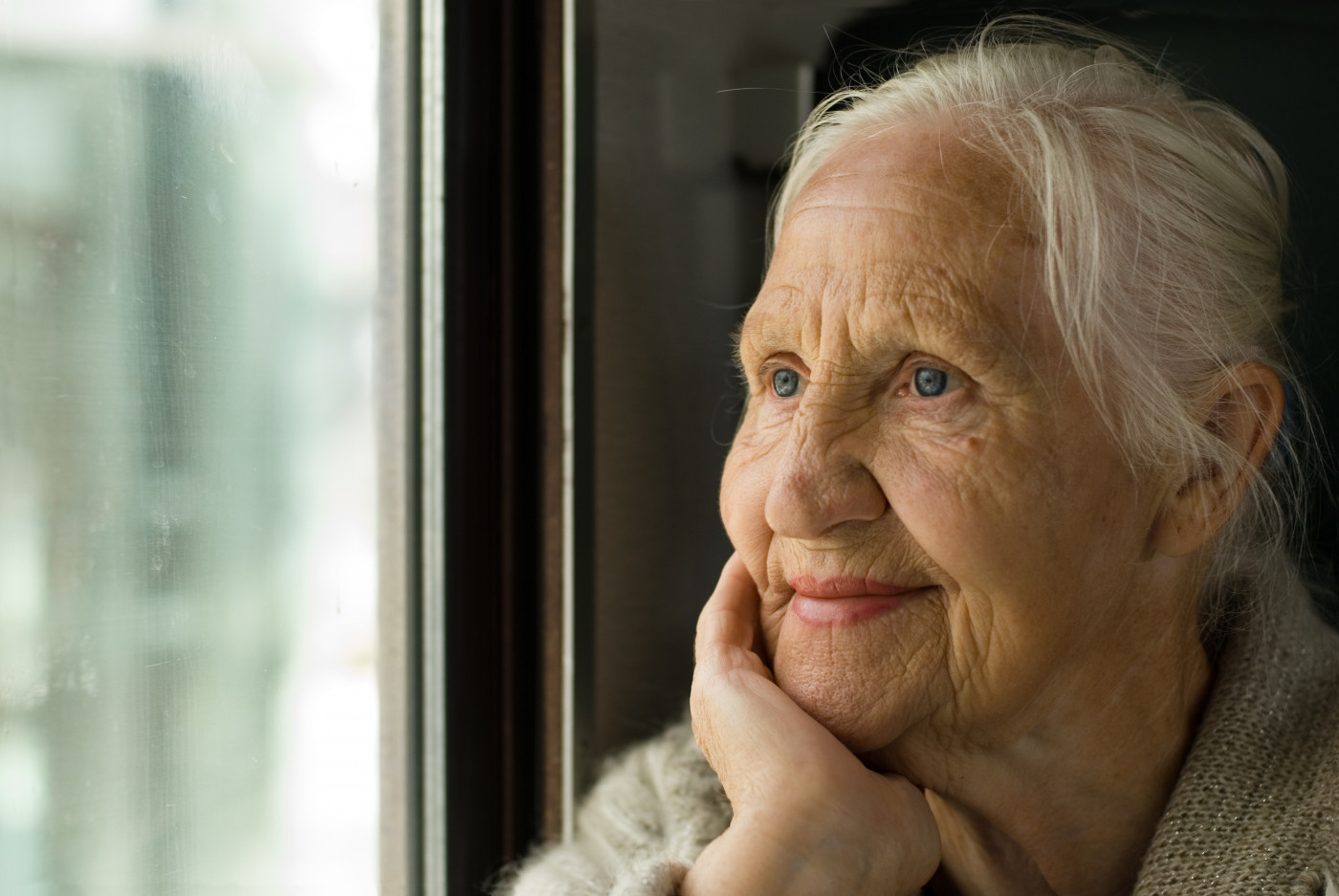Elderly-onset Sarcoidosis Has Distinct Disease Features from Youth-onset, Study Finds

Elderly-onset sarcoidosis patients have different disease and diagnostic features compared to younger-onset patients, researchers from Turkey have found.
Sarcoidosis is often diagnosed in young patients between the ages of 25 and 40. But 30% of the cases are usually diagnosed in older individuals. So there are two forms of the disease in terms of onset, young- and elderly-onset, with elderly-onset characterized by a diagnostic age of over 65.
There is both controversy and a lack of studies regarding the incidence and prevalence of elderly-onset disease.
In the study, “Elderly-onset Sarcoidosis: A Single Center Comparative Study,” published in the journal Reumatología Clínica, researchers from two hospitals and Ege University in Turkey aimed to compare young-onset and elderly-onset sarcoidosis.
The study included 131 sarcoidosis patients who were divided into young-onset and elderly-onset groups. Groups were then compared in terms of clinical features such as fatigue, arthritis, and skin involvement, as well as drug use and laboratory and radiological data.
Patients were also compared in terms of age, gender, duration of disease, and delay in diagnosis.
Young-onset sarcoidosis was diagnosed in most patients (84.7%), while older-onset sarcoidosis was diagnosed in 15.3% of patients (75% of whom were females).
Young-onset patients had an average disease duration of 38.4 months, while elderly-onset patients had an average disease duration of 22.5 months.
There was a delay in diagnosis of 12 months in young-onset patients, and of three months in older-onset patients. The latter group had higher rates of fatigue, comorbid diseases, and use of hydroxychloroquine (a disease-modifying anti-rheumatic drug, or DMARD) compared to the young-onset group.
In terms of treatment options, corticosteroids seem to be the first choice in both sarcoidosis groups.
No significant differences were detected in terms of other clinical features or laboratory and radiological data between the two groups.
Based on the results, the team concluded that older-onset patients are characterized by “female predominance, general symptoms, comorbid diseases and [hydroxychloroquine] use.”
The elderly sarcoidosis patients also have “higher rates of fatigue … less inflammatory sign and delayed diagnosis,” the researchers added.
According to the team, given the fact that comorbid conditions are more frequent in the elderly patients, the disease diagnosis and treatment might be more difficult.
In addition, comorbidities have been suggested to negatively affect the prognosis of sarcoidosis — older-onset patients with comorbid diseases might have a worse prognosis.
But the team emphasized that additional “multicenter, prospective studies are needed to confirm our results.”






